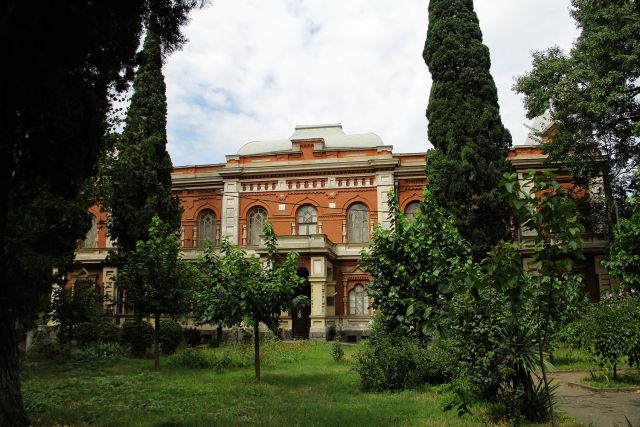
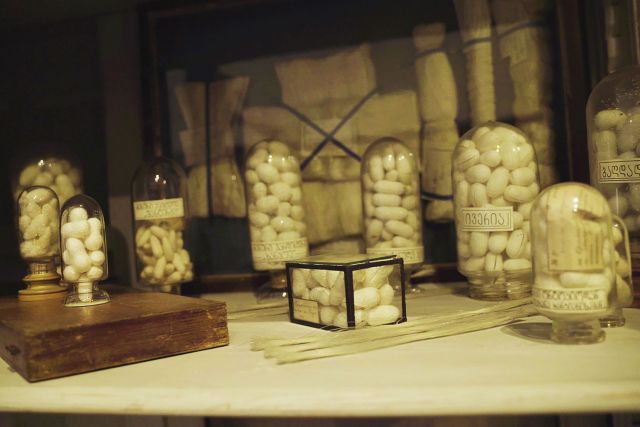
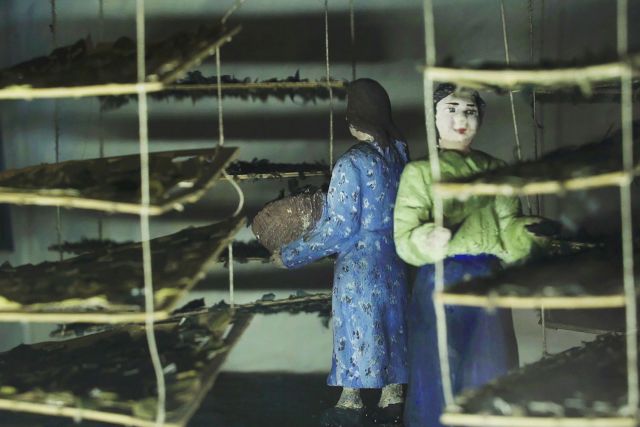
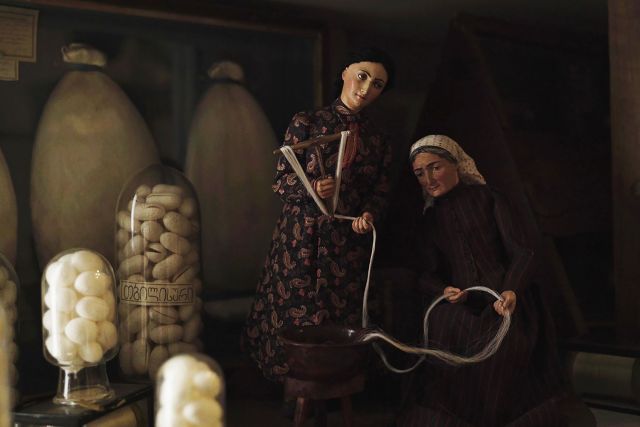
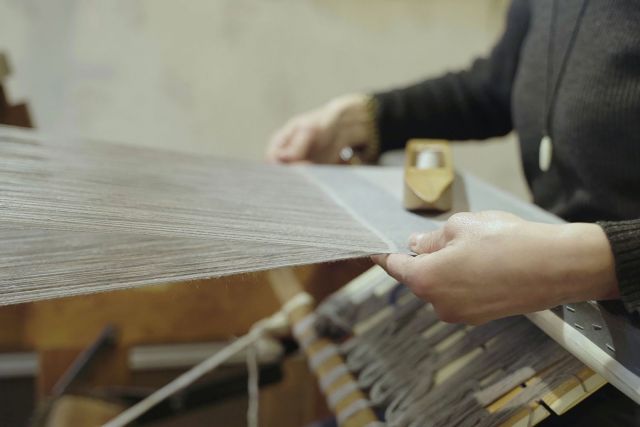
State Silk Museum
- Tbilisi, Georgia
- Museum
Tuesday to Sunday 10:00 - 18:00
+995 322340963
Georgian State Silk Museum, established in 1887, is one of the oldest among the few sericulture (silk) museums worldwide. The museum was the part of The Caucasian Sericulture Station, the complex founded by Russian biologist Nikolay Shavrov (1858–1915), who aimed to promote and develop sericulture and silk production throughout the region. The building of the museum, as well as the display cases, were designed in 1892 by the Polish architect Alexander Szymkiewicz, who was among the outstanding architects shaping the urban heritage of 19th century Tbilisi. The museum preserves up to 40,000 objects from 61 countries.
The museum displays the rich collection of cocoons from different countries, industrial and handicraft textiles, mulberry trees, natural and chemical dyes, collection of old photographs about sericulture and many more. The permanent exhibition hall exhibits the collections related to the process of silk-making (silkworm biology specimens, research laboratory tools, ethnographic collection and more), as well as textiles and objects associated with silk production (such as weaving looms and wooden moulds).









